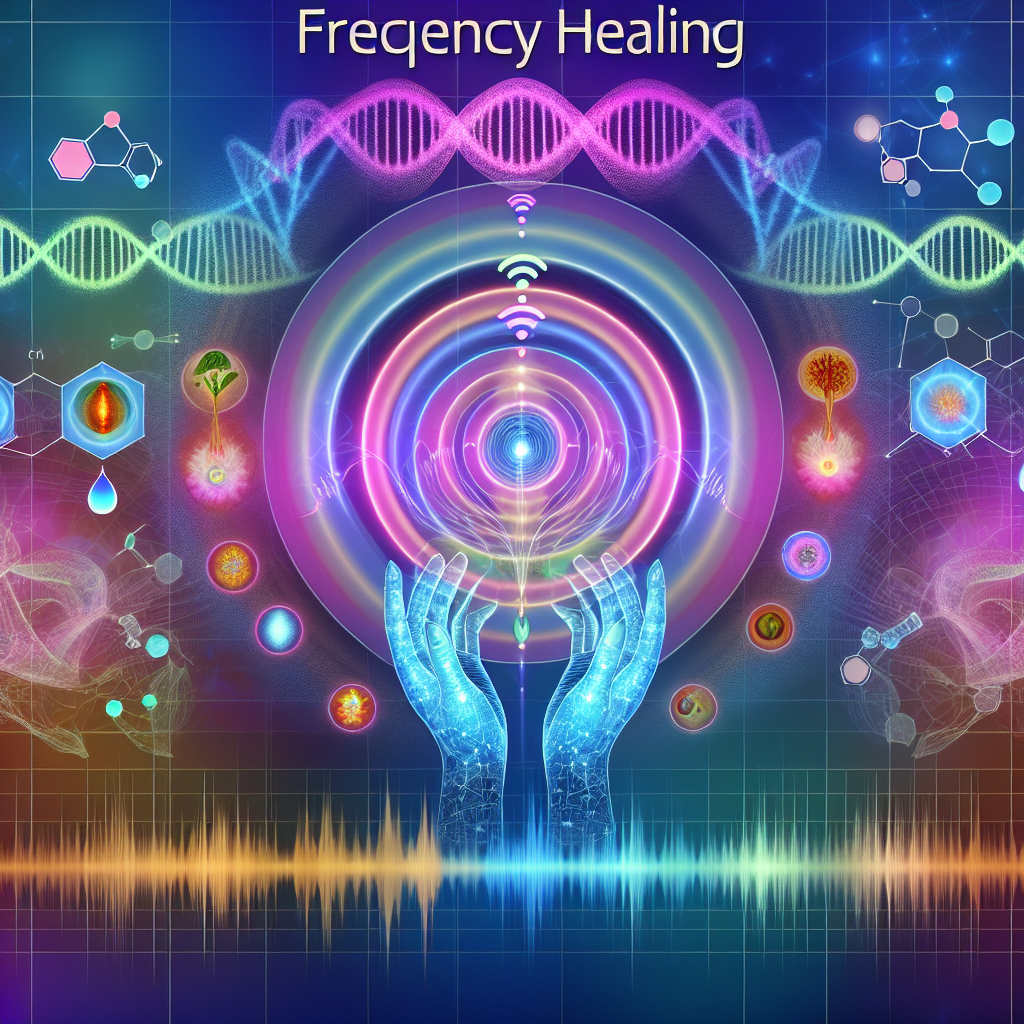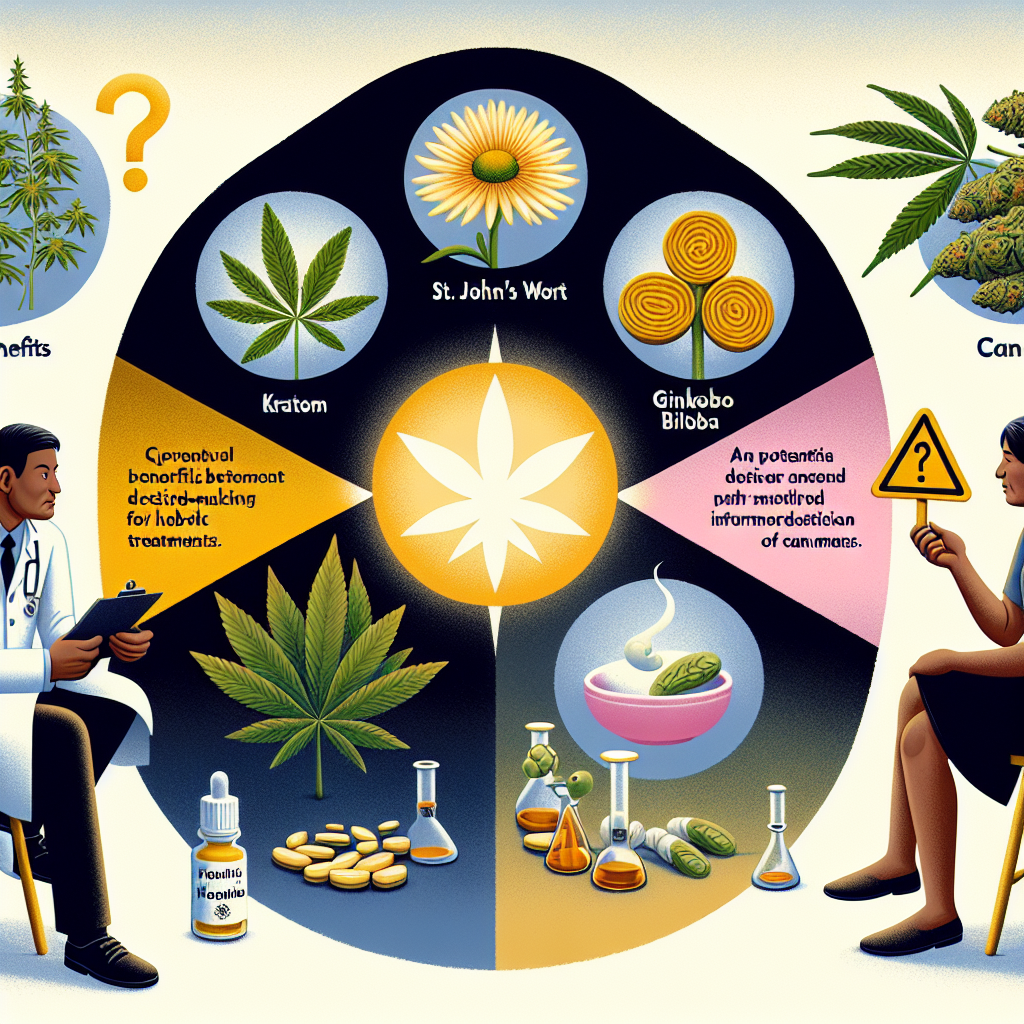# Frequency Healing: Scientific Investigation
Introduction
Frequency healing is an alternative therapy that has gained significant attention in recent years. Rooted in the idea that specific frequencies can influence the body’s natural healing processes, this practice is often associated with sound therapy, bioresonance, and electromagnetic field therapies. Advocates of frequency healing believe that each organ and system in the body operates at its own optimal frequency, and when imbalances occur, they can be corrected by exposing the body to specific healing frequencies.
The concept behind frequency healing dates back to ancient civilizations. Cultures from Egypt, India, and China have long used sound and vibration in healing rituals. Tibetan singing bowls, chanting, and the foundational principles of Ayurveda and Traditional Chinese Medicine align with frequency therapy. In more recent times, scientists such as Nikola Tesla and Royal Raymond Rife explored the impact of electromagnetic frequencies on human health. Rife, in particular, developed a frequency-based therapy that he claimed could destroy harmful microorganisms in the body.
Modern proponents suggest that specific frequencies can help alleviate stress, improve circulation, enhance immune response, and even contribute to cellular regeneration. Some forms of this therapy include music therapy, binaural beats, pulsed electromagnetic field (PEMF) therapy, and biofeedback. Many energy medicine specialists and holistic health practitioners incorporate frequency healing into their treatments, claiming that it can support mental, emotional, and physical well-being.
Despite skepticism from many in conventional medicine, frequency healing has gained momentum due to emerging studies that explore the physiological and neurological effects of sound and electromagnetic frequencies. A growing number of researchers in biophysics, neuroscience, and integrative medicine are investigating whether these therapies can be scientifically validated. Some studies have highlighted the impact of sound waves on brain activity, tissue regeneration, and even pain relief.
As interest in natural and holistic healing approaches continues to surge, understanding the scientific foundations of frequency healing becomes crucial. This article delves into professional and medical studies on frequency healing, providing an evidence-based perspective on the potential benefits and limitations of this intriguing therapy.
The Science Behind Frequency Healing: What Do Studies Reveal?
Scientific inquiry into frequency healing has uncovered promising findings, especially in areas such as sound therapy, bioresonance, and electromagnetic therapies. While more extensive research is needed, several studies highlight how frequencies influence biological systems.
Sound Therapy and Brainwave Entrainment: Unlocking the Power of Sound
One of the more widely studied aspects of frequency healing is sound therapy. Research has shown that brain activity can be influenced by specific frequencies through a phenomenon called **brainwave entrainment**. Binaural beats, which involve two slightly different frequencies played in each ear, have been found to alter cognitive states.
A study published in the journal *Frontiers in Human Neuroscience* (2018) found that **binaural beats could significantly impact cognitive functioning and mood regulation** [(Frontiers in Human Neuroscience)](https://www.frontiersin.org/articles/10.3389/fnhum.2018.00321/full). Participants exposed to theta and alpha wave frequencies exhibited enhanced relaxation, focus, and reduced stress levels. This suggests that sound frequencies may directly influence neurological processes.
Pulsed Electromagnetic Field (PEMF) Therapy: Healing Through Electromagnetic Waves
PEMF therapy utilizes electromagnetic waves at specific frequencies to promote healing. Research has demonstrated its effectiveness in areas such as **osteoarthritis management, pain relief, and bone regeneration**.
A 2020 study published in *Bioelectromagnetics* found that **PEMF exposure significantly improved bone healing in patients with fractures** [(Bioelectromagnetics Study)](https://pubmed.ncbi.nlm.nih.gov/31823451/). The study reported **increased osteoblastic activity**, indicating enhanced bone regeneration stimulated by electromagnetic frequencies.
In addition, another review in *The Journal of Pain Research* (2021) concluded that **PEMF therapy could effectively reduce chronic pain and inflammation** [(Journal of Pain Research)](https://www.dovepress.com/articles.php?article_id=6096).
Bioresonance Therapy: Can Frequencies Restore Balance?
Bioresonance is a branch of frequency healing that claims to detect and modify **electromagnetic waves produced by the body** to restore balance. While research remains limited, some studies suggest beneficial effects.
A study published in *Alternative Therapies in Health and Medicine* (2015) examined the impact of bioresonance therapy on allergy symptoms. The results showed a **significant reduction in allergic reactions** among participants exposed to bioresonance frequencies [(Alternative Therapies in Health and Medicine)](https://www.ncbi.nlm.nih.gov/pmc/articles/PMC4654785/).
While more peer-reviewed studies are necessary, initial findings point to the potential therapeutic benefits of frequency-based interventions.
The Cellular Impact of Frequencies: A New Frontier in Healing?
Recent research has also explored how **electromagnetic frequencies affect cells at a molecular level**. A 2019 study in *Scientific Reports* found that exposure to **specific low-frequency electromagnetic fields influenced cellular repair mechanisms** [(Scientific Reports)](https://www.nature.com/articles/s41598-019-45503-2).
The study suggested that **specific frequencies could accelerate regenerative processes**, potentially aiding in wound healing and tissue repair.
These emerging studies provide a scientific basis for the potential physiological effects of frequency therapies, though further investigation is needed to establish their efficacy across medical applications.
Conclusion: Is Frequency Healing the Medicine of the Future?
Frequency healing is an intriguing field that merges **ancient healing practices with modern biophysics**. While skepticism remains, growing scientific research suggests that **sound frequencies, electromagnetic fields, and bioresonance may positively impact brain activity, cellular regeneration, and pain relief**.
Studies on **brainwave entrainment, PEMF therapy, and bioresonance** indicate potential therapeutic applications, supporting claims that specific frequencies can influence biological processes.
Despite these promising findings, **mainstream medicine has yet to fully embrace frequency healing** due to the need for more **extensive clinical trials**. However, as research methodologies advance, **more concrete evidence may emerge**, solidifying frequency healing as a legitimate complementary therapy.
Until then, individuals interested in frequency healing should approach it with **an open mind while considering existing scientific insights**.
Exploring the **intersection of frequency science and health** continues to be a key area of study, and as **technology advances**, new discoveries may **shed further light on how frequencies can be harnessed for medical and therapeutic benefit**.
**Summary:**
Frequency healing is an alternative therapy that utilizes specific frequencies to influence the body’s natural healing processes. While skepticism remains, growing scientific research suggests that sound frequencies, electromagnetic fields, and bioresonance may positively impact brain activity, cellular regeneration, and pain relief. Studies on brainwave entrainment, PEMF therapy, and bioresonance indicate potential therapeutic applications, though mainstream medicine has yet to fully embrace frequency healing due to the need for more extensive clinical trials. As research methodologies advance, more concrete evidence may emerge, solidifying frequency healing as a legitimate complementary therapy.

Dominic E. is a passionate filmmaker navigating the exciting intersection of art and science. By day, he delves into the complexities of the human body as a full-time medical writer, meticulously translating intricate medical concepts into accessible and engaging narratives. By night, he explores the boundless realm of cinematic storytelling, crafting narratives that evoke emotion and challenge perspectives.
Film Student and Full-time Medical Writer for ContentVendor.com



